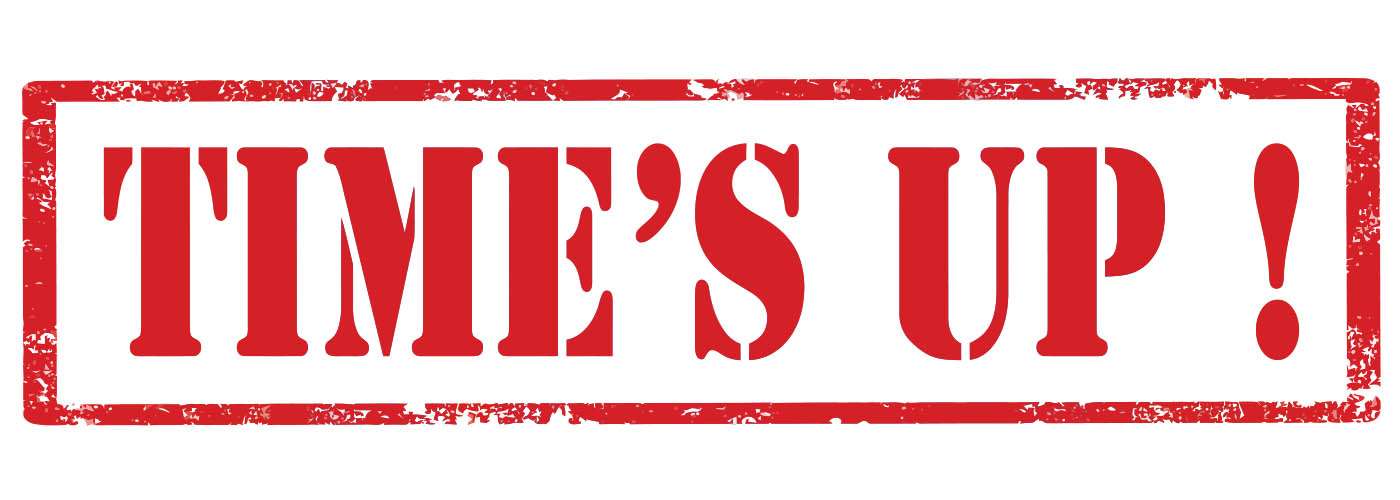
Today, Tuesday 14th January 2020, Microsoft ends support for Windows 7, Windows Server 2008 and Server 2008 R2.
Businesses must migrate away from these versions of Windows by the 14th of January as there will be no more security patches released. Failure to do so will leave their computer systems vulnerable to viruses and cyberattack.
Microsoft, like all software companies, releases regular updates and security patches for their software. As time goes on, security researches and cybercriminals detect bugs or flaws in software code that allows various types of attacks. The regular updates help keep your computer, software and data safe. Microsoft Windows 7 and Windows Server 2008 R2 were released over 10 years ago back in 2009. Technology has changed dramatically over the years. Windows Server has gone through four new versions since.
Windows 7 was superseded by Windows 8 in 2012 and Windows 10 in 2015.
If you’re still using Windows Server 2008 or Windows 7, they’ve served you well, and it’s time for an upgrade.
The great news is, on the client machine side, Windows 10 is “the last version of Windows”! Rather than just creating security patches and minor updates, Microsoft is continuously developing and upgrading Windows 10. The idea being, that one copy should last the lifetime of the device it’s running on. But that’s for another day.
Back to Windows 7 and Server 2008 R2 – There are only three options:
1) Upgrade to the latest version of Windows
2) Reinstall the computer or server with the newest version of Windows
3) Buy new hardware with the latest version of Windows and / or migrate services to the cloud.
Before we look at the three options in more detail, you must make sure your data is safely backed up before going any further! And please don’t worry if anything in this article sounds scary or unmanageable – we can help.
Upgrade to the latest version of Windows
Upgrading may be an option for Windows 7 users who want to upgrade to Windows 10. Most of the time, the process is relatively simple with few problems. But if you’ve had your computer for years, you may find there are better options to improve your computing experience.
For Windows Server 2008 R2, the bad news is, there is no direct upgrade path to the latest version of Windows. You would need to upgrade to Windows Server 2012R2 and then to Windows Server 2019. You need to understand the software and roles that are running on the server before planning an upgrade. You also need to make sure that the hardware is fit for purpose.
Reinstall the computer or server
You could wipe the machine and install a fresh copy of Windows 10 or Windows Server 2019. You may find the system will run better if you follow this path.
Once you’ve finished installing Windows, you will need to reinstall all of your applications and restore your data. Make sure you understand what is involved before you start.
Think about the spec and age of the hardware. If it’s not too old, maybe you could speed a desktop or laptop up by adding a fast Solid State Disk (SSD) at the same time.
However, if your machine is old and slow, it may be more cost-effective to replace the device completely.
New hardware or to the cloud!
Windows software is not free. If you look at the sums, it may work out more cost-effective for the business to replace old hardware with new, faster technology. Two of the stand out advantages include manufacturer’s warranties of up to seven years on some devices and a quicker, more efficient end-user experience.
Some or all of the jobs your old server has been doing could move to the cloud. Microsoft Office 365 can host your email, calendars and contacts with Microsoft Exchange and have them synced across all your devices. Manage and share your files in SharePoint. Keep your documents and photos in OneDrive. And collaborate with Microsoft Teams.
Another couple of options
If there is a dire need to hang on to Windows Server 2008 R2, you could migrate your services to Microsoft’s cloud service Azure and enjoy extended support free of charge.
For larger enterprise / corprate customers, Microsoft can sell you extended support beyond the end-of-life deadline. However, this is expensive and will not be the right choice for the majority of small businesses.
How can Get Support help?
Sorry if this article has caused you any worry. We need to be very clear about the necessity to stop running Microsoft Windows 7 and Windows 2008 R2 once the support has ended. It’s essential to keeping your computers, data and business safe.
The good news is, we’ve been migrating businesses away from Windows 7 and Server 2008 R2 for years. Get Support has procedures to make sure your data is backed up and kept safe during the process.
With our years of experience, we can review your computer systems and work with you to devise the best options to bring your infrastructure up-to-date.
Sure, all of the options require a financial investment. But there are loans and leasing options available. We know of several lenders and brokers that should be able to help.
If you’d like advice on the best route to take for upgrading your Windows 7 and Windows Server 2008 systems, why not give us a call or send over an email?